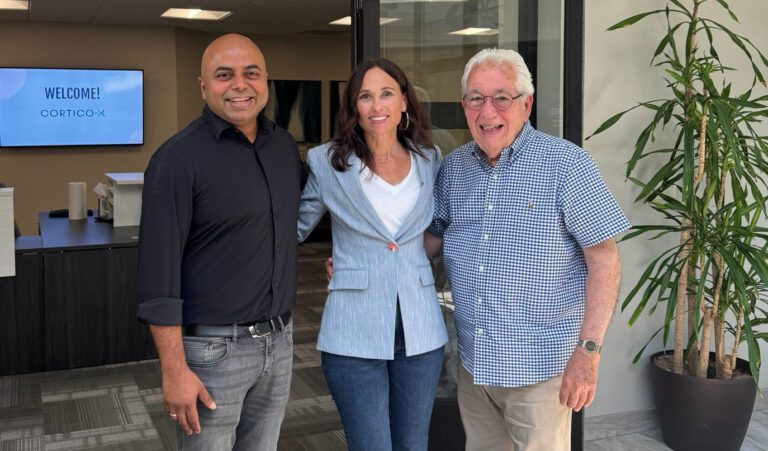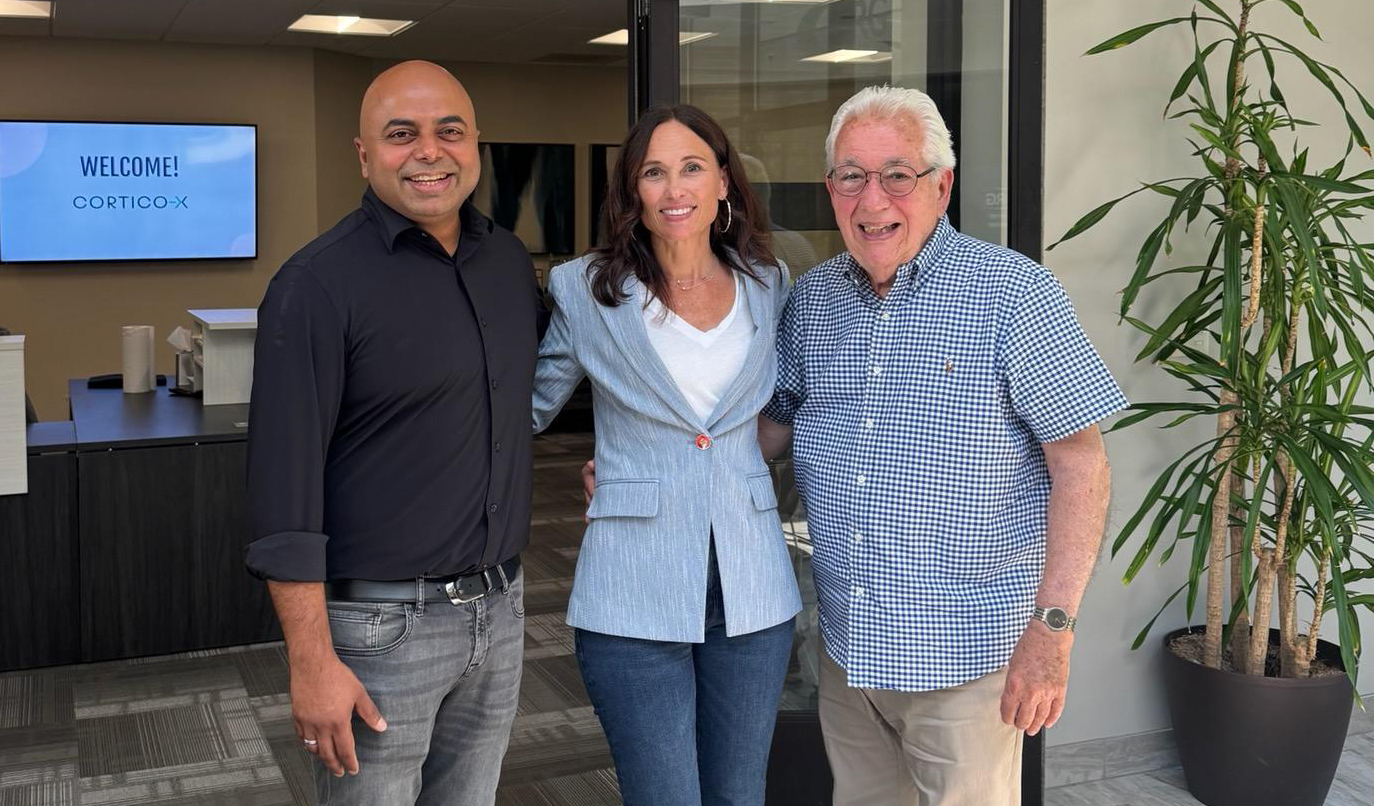We are stepping through five common myths that might be keeping you from taking full advantage of AI. In our first article, we discussed getting the basics right. We followed that up by exploring Composed Solutions and the damage done by adopting a “One Thing At A Time” approach. We then dispelled the myth that a single vendor solution is the right path to a successful AI strategy. Today, we’re jumping into the fourth and perhaps my favorite myth about AI that’s getting in your way.
Myth #4: Free our people up for more valuable tasks. I stole this observation from my friend Brandon Wilson at Steadynamic. It’s my highest form of flattery!

Why would you go through the disruption, cost, and pain of incorporating AI just to free folks up for more valuable tasks? AI is sentience where sentience hasn’t previously existed. You’re going to use it for tasks like summarizing emails faster…and nothing else?
You need to be asking yourself where you get more value…arming 2000 customer service reps with a more limited, cheaper version of a GenAI platform that won’t deliver as much value (or cost as much or need as much compute power) or arming 50 people in R&D or product development or operations with a more expensive composite solution that incorporates multiple forms of AI to do truly transformational things?
You’ve got two paths you can go down:
- The Efficiency Path: You can use AI to handle tedious tasks and free up your team’s time. We promise you that implementing this properly isn’t as simple as signing up for ChatGPT. You’ll need to consider system integration, data privacy, security, and governance. By the way, your employees are probably already using AI tools like ChatGPT or Claude, whether your IT department knows it or not!
- The Transformation Path: This is where things get exciting. Instead of just making existing processes faster, what if AI could fundamentally transform your business? Let me share some real-world examples:
- Lockheed Martin uses AI to design safer, faster, more stealthy aircraft AND to assist pilots in dogfights.
- Rolls Royce uses AI to design engines, predict maintenance, diagnose defects, and keep engines running. It has been able to change its pricing model to a variable one, upending an entire sector.
- Dassault Systemes, a subsidiary of Dassault Group that started as an aviation software company, is using AI and Digital Twins to create Multiphysics models of the human heart for more accurate diagnoses and predictions of future heart health.
- Metromile is bringing dynamic pricing to auto insurance pricing by using extensive predictive and prescriptive AI applications.
- Oscar Health is using AI to help create granularly personalized insurance policies.
- Flex, Ltd, one of the world’s largest diversified manufacturers has created a smart factory in Brazil, using AI to help design it, that, using AI driven capabilities, has reduced material waste by 94% and increased equipment effectiveness by 23%.
- John Deere’s See and Spray offering uses Vision AI to arm herbicide sprayers with the ability to differentiate between weeds and crops, threatening to upend the $37B herbicide industry.
- Banks in China, Japan, Brazil and India are adopting biometric and vision AI for everything from authentication and identity verification to safety monitoring at ATMs.
- Senior Living Facilities are using Vision and Edge AI to reduce catastrophic falls by up to 54% and reduce response time to 90 seconds from an industry average of 40 minutes.
- TKE reduced maintenance costs and increased building manager satisfaction when it made older model “dumb” elevators smart by combining the installation of acceleration, load, position and motor sensors with Edge AI.
What I’m seeing is that many companies are playing it safe. They’re focusing on the obvious, low-risk applications while hesitating to pursue truly transformative opportunities. It’s like having a race car but never taking it out of first gear.
My advice? Like the companies mentioned above, take a portfolio approach. They aren’t just doing big transformational work. They’re doing some with a little sprinkling of “moonshot” magic dust on top. Don’t just chase individual use cases – start with bigger problems you want to solve, then work backward to specific applications. When we help clients map their AI initiatives, we often find them clustered in the “safe” zone. That’s not where the magic happens.
Remember, AI isn’t just about doing old things faster – it’s about doing new things that weren’t possible before. The real question isn’t “How can we use AI to free up time?” but rather “How can we use AI to reinvent our business?”
We’re nearly home. One myth left. See you in the next installment of 5 Myths About AI that Are In Your Way.

Rik Reppe
leads the Cortico-X Innovation Practice, where he oversees efforts to disrupt the status quo and drive transformative change by breaking traditional molds to envision and create the future.











